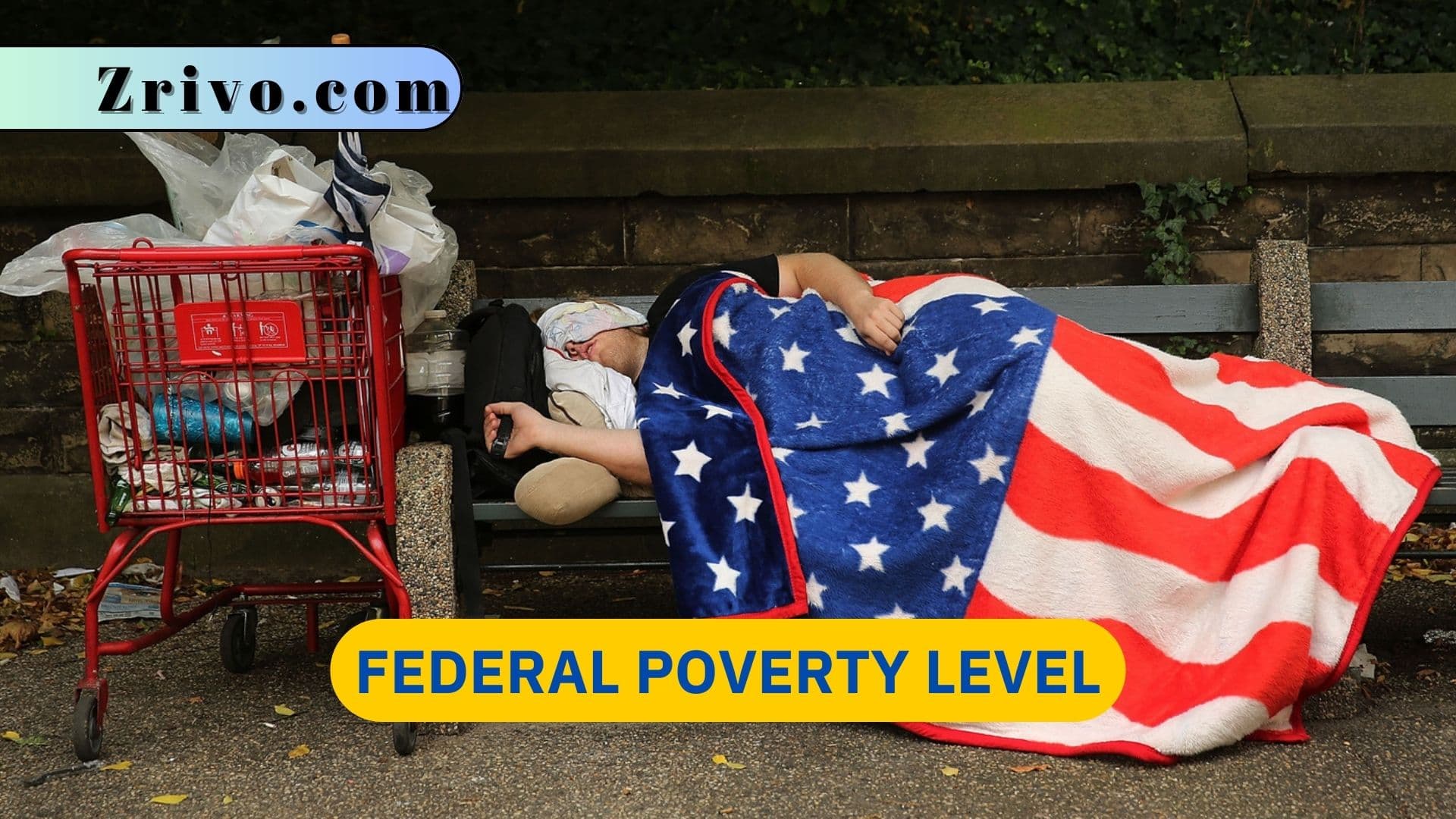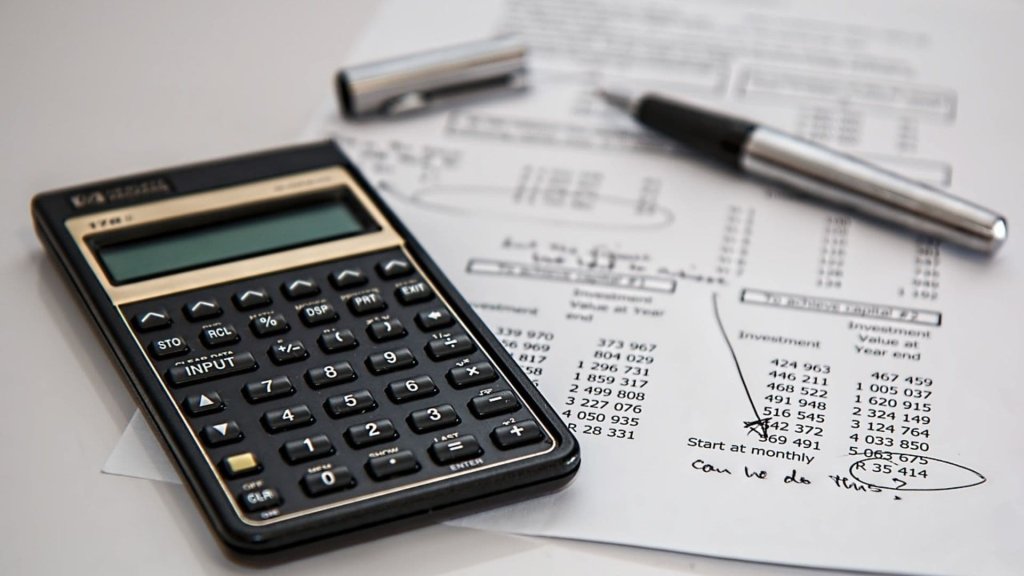
The Federal Poverty Level is a measure established by the U.S. Department of Health and Human Services (HHS) to determine eligibility for programs like Medicaid, the Children’s Health Insurance Program (CHIP), and subsidies under the Affordable Care Act. It provides a standardized way to assess an individual or family’s income and compare it to the established poverty thresholds.
The Federal Poverty Level for a single person depends on the current year’s guidelines set by the HHS. As of 2024, the poverty guideline for a single person is $14,580 annually. This means that an individual with an income below this threshold is considered to be living in poverty. The Federal Poverty Level for families varies based on the number of individuals in the household. The HHS sets specific guidelines for different family sizes to account for the additional expenses associated with larger households. For example, as of 2024, the poverty guideline for a family of four is $30,000 annually. It is important to note that these thresholds may change each year, so it is essential to refer to the most recent guidelines.
Federal Poverty Level for 2024
| Family size | 2022 income numbers | 2023 income numbers |
| For individuals | $13,590 | $14,580 |
| For a family of 2 | $18,310 | $19,720 |
| For a family of 3 | $23,030 | $24,860 |
| For a family of 4 | $27,750 | $30,000 |
| For a family of 5 | $32,470 | $35,140 |
| For a family of 6 | $37,190 | $40,280 |
| For a family of 7 | $41,910 | $45,420 |
| For a family of 8 | $46,630 | $50,560 |
| For a family of 9+ | Add $4,720 for each extra person | Add $5,140 for each extra person |
How to Calculate the Federal Poverty Level?
Calculating the Federal Poverty Level involves comparing the household’s income to the poverty guidelines set by the HHS. The income considered includes earnings, self-employment income, and other sources, such as pensions and investments. To calculate the Federal Poverty Level for a specific household, follow these steps:
- Identify the number of individuals in the household.
- Refer to the most recent poverty guidelines provided by the HHS.
- Determine the corresponding poverty threshold based on the household size.
- Compare the household’s total income to the poverty threshold to assess whether they fall below or above the Federal Poverty Level.

How Does Federal Government Determine the Poverty Level Criteria??
The Federal Government determines the poverty level criteria through a process overseen by the U.S. Department of Health and Human Services (HHS). Here’s an overview of how the Federal Poverty Level (FPL) is calculated:
Poverty Measurement Methodology: The poverty measurement methodology used by the Federal Government is based on guidelines developed in the 1960s by Mollie Orshansky, an economist at the Social Security Administration. These guidelines have been adjusted and updated over time to account for inflation and changes in living expenses.
Poverty Thresholds: The poverty thresholds represent the income levels below which a household is considered to be living in poverty. These thresholds vary based on household size and composition, as larger households tend to have higher expenses. The thresholds are determined at the national level and are the same across all states.
Consumer Price Index (CPI): To account for inflation and changes in the cost of living, the poverty thresholds are updated annually using the Consumer Price Index (CPI). The CPI measures changes in the prices of goods and services over time and is used to adjust the poverty thresholds to reflect changes in purchasing power.
Poverty Guidelines vs. Poverty Thresholds: The poverty guidelines are a simplified version of the poverty thresholds. They are used to determine eligibility for certain federal assistance programs, such as Medicaid, the Children’s Health Insurance Program (CHIP), and subsidies under the Affordable Care Act. The poverty guidelines are set at 100% of the poverty thresholds for the 48 contiguous states and Washington, D.C.
Poverty Thresholds for Alaska and Hawaii: Due to higher living costs in Alaska and Hawaii, separate poverty thresholds are established for these states. The poverty guidelines for Alaska are higher than those for the 48 contiguous states, while the guidelines for Hawaii are higher than those for both Alaska and the contiguous states.
Consultation and Review Process: The HHS reviews and revises the poverty thresholds annually, taking into account factors such as changes in the CPI and feedback from researchers, policymakers, and the public. The process involves a thorough examination of the methodology and data used to ensure accurate and reliable poverty measurement.